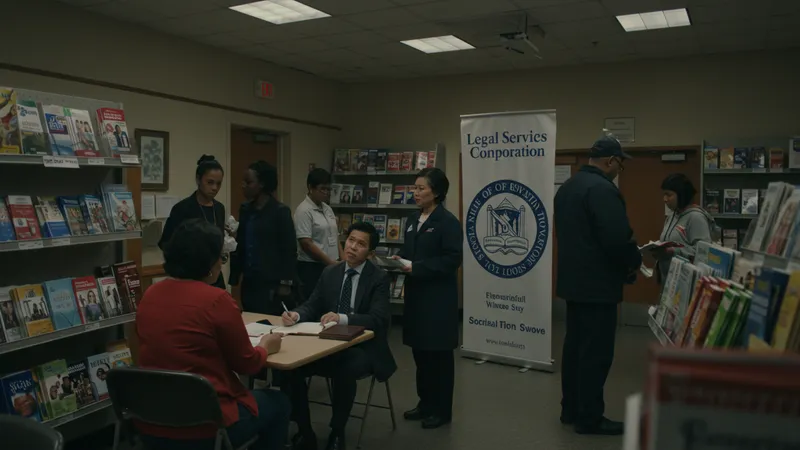
Pro Bono Divorce Attorneys: Essential Insights
Strategies for Accessing Pro Bono Divorce Attorneys and Navigating Legal Aid in the United States
Finding the right pro bono divorce attorney usually begins with a visit to established legal aid organizations. Prospective clients should start with resources such as the Legal Services Corporation, state bar association directories, or regional nonprofits like the Legal Aid Foundation of Chicago. Most of these sites provide detailed eligibility criteria and step-by-step instructions on submitting an application, as well as options for scheduling consultations. Timely application is recommended, as demand tends to be high and case backlogs can occur in populated regions.

Community partnerships can further assist applicants. Shelters, social workers, and local advocacy groups often have established connections with pro bono legal services. They may refer clients directly to attorneys specializing in domestic violence divorce cases, high-conflict custody disputes, or unique family dynamics. Tapping into these community resources often accelerates the intake process and ensures focused, specialized legal support.
Taking advantage of educational workshops and court self-help centers is another practical step. Organizations such as the American Bar Association offer regular seminars, online guides, and even document review sessions tailored to those navigating divorce without prior legal knowledge. These educational resources empower clients to prepare necessary paperwork and understand court timelines—critical in states with rigid procedural rules.
As the world of legal services evolves, so too do expectations and resources for pro bono divorce representation. Technology is bringing video consultations and digital document sharing into mainstream legal aid operations, increasing convenience and reach. For those willing to invest time in research and preparation, the path to qualified pro bono divorce attorneys is clearer than ever. The broader impact of these evolving services continues to reshape the landscape of American family law.